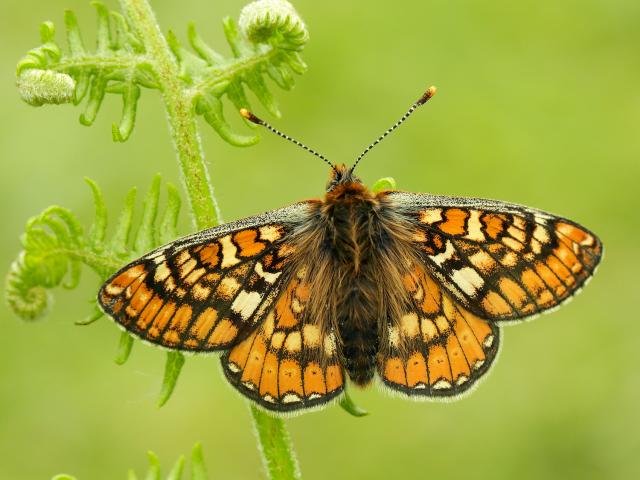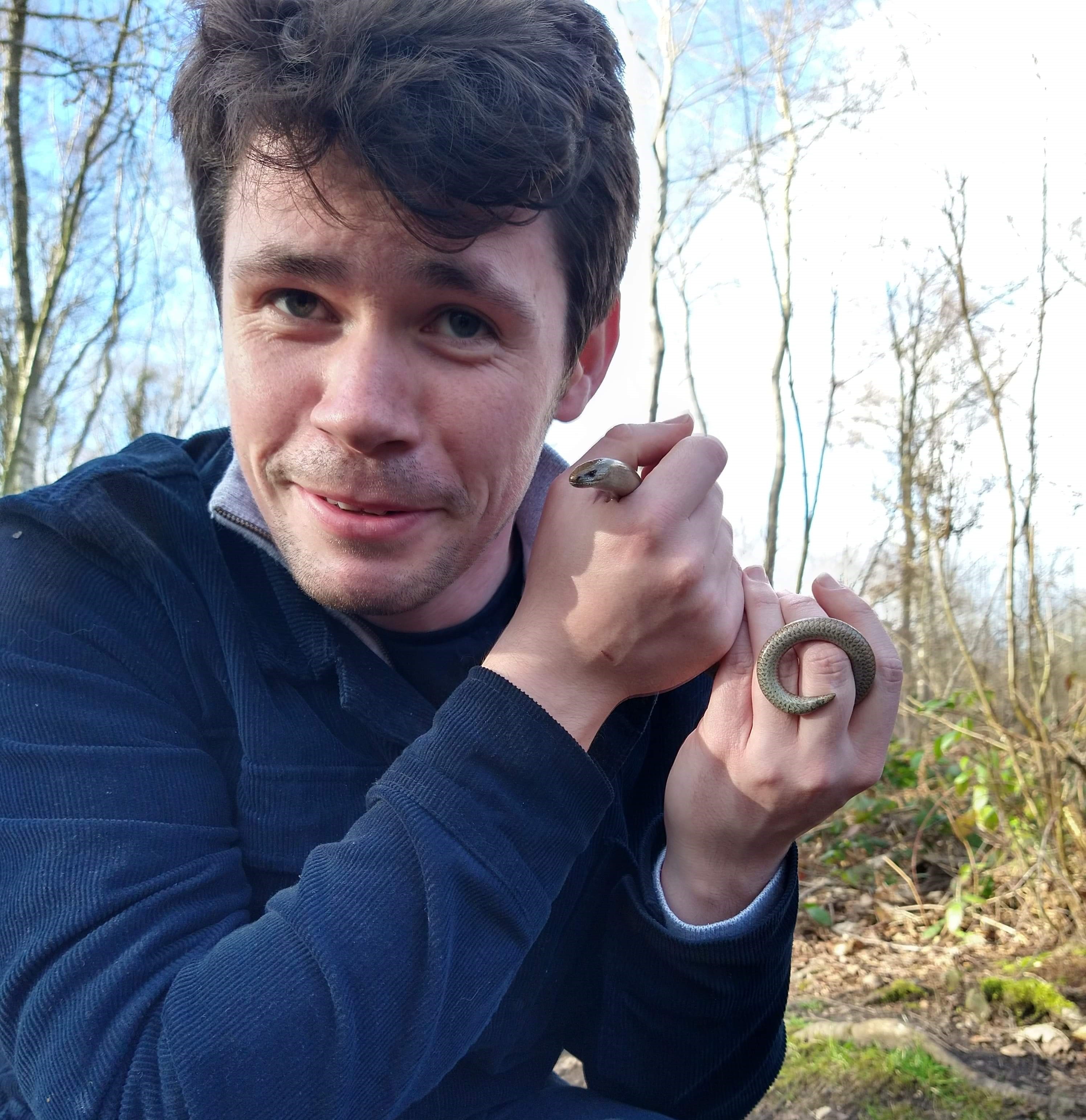Ecological statistician, Dr James Clarke, discusses his PhD research into butterfly abundance and lifespans, explains why citizen science is so important for conservation, and reveals his favourite butterfly.
James, tell us about your research.
I recently completed a PhD at the University of Kent under the supervision of Butterfly Conservation’s Senior Ecological Statistician Dr Emily Dennis, Professor Rachel McCrea from Lancaster University, and Professor Byron Morgan from the University of Kent.
For my research project, I analysed the UK Butterfly Monitoring Scheme (UKBMS) dataset to address three key areas.
Firstly, I wanted to explore how we could make the abundance estimates gathered through the UKBMS more robust. Currently, we model the abundance of butterflies (how many individual butterflies of a species there are) on the number of butterflies detected through surveys. However, there are several factors which could influence ‘detectability’. Warmer weather conditions, for example, could result in more individual butterflies flying, which could then mean that more butterflies are detected. I wanted to find a way to remove the problem of detectability skewing abundance estimates.
Secondly, not a great deal is known about the lifespan of adult butterflies. The data collected by capturing butterflies, marking them, releasing them, and monitoring their return each day, gives a snapshot of what is happening at an individual site or locality. However, I wanted to use the UKBMS data to develop an estimate of butterfly lifespans across the whole of the UK, and understand how lifespans might vary regionally or change over time.
Finally, I wanted to use the abundance data to map how abundance might be changing regionally, which may reveal a different picture to UK-wide abundance trends.
Why is this research important for butterflies?
With climate change resulting in warmer temperatures, there is a risk that we might just be detecting more butterflies rather than there actually being an increase in abundance of a species. By factoring environmental conditions like temperature into the data models, we can get a more accurate estimate of the abundance of butterfly species across the UK, which means conservationists can make more robust decisions about which species should be prioritised for conservation efforts.
Understanding lifespans is also important for butterfly conservation. As adults, male butterflies often emerge earlier than female butterflies. If a species has a shorter lifespan, the overlap time between males and females may also be quite short, which could impact breeding and make them more of a conservation risk. By seeing how different species’ lifespans are changing over time, particularly if lifespans become shorter, we can identify future conservation risks early and take action to protect them sooner.
Finally, drilling down into what is happening to butterflies at a regional or local level can help conservationists to understand what is working at a local level and help inform future conservation work and priorities.
What led you to your research?
I’ve always been interested in nature and conservation. When I was young, I would spend my time outdoors trying to spot and identify as much wildlife as I could. Birds, butterflies, plants – I loved it all. When I could, I got involved in citizen science surveys, using my identification skills to contribute data on bats, barn owls, wildflowers – anything and everything! After studying sciences and maths at school, I went on to do a degree in Environmental Biology at Queen’s University Belfast, followed by a Master’s in Ecology and Environment at the University of Sheffield. During my placement year, I joined the Murlough National Nature Reserve in County Down as a volunteer ranger, where I was in charge of the UKBMS surveys on site. I enjoyed it so much that, after my undergraduate degree, I went back for another year. When I saw a PhD opportunity working with UKBMS data, it felt like the perfect fit and was thrilled when my application was successful.
What do you think will make a difference for the conservation of butterflies and moths over the years to come?
To make effective conservation decisions, we need good research, and good research needs good data. Citizen science has such an important role to play in capturing this data and so I think it’s important that we engage people of all ages to take an interest in the nature around them. Once people start to spot what’s in their local area and have fun identifying what they’re seeing, they want to help protect it – much as I did growing up. Getting involved in citizen science surveys is a great way to have an impact for wildlife, and the more people taking part the better.
What is your favourite butterfly?

I would have to say the Marsh Fritillary. The Marsh Fritillary was a priority species when I was working at the Murlough National Nature Reserve, and I remember walking in some hollows there where there were so many Marsh Fritillaries and they would completely surround you. It was such an amazing experience, and the Marsh Fritillary always reminds me of a wonderful time spent in a beautiful part of the world working with great people to protect butterflies!


